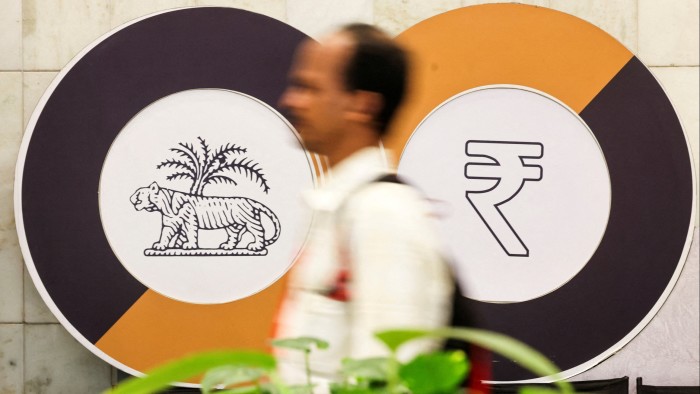Unlock the Editor’s Digest for free
Roula Khalaf, Editor of the FT, selects her favourite stories in this weekly newsletter.
India’s central bank has cut its benchmark interest rate for the first time in almost five years in an effort to shore up economic growth and reverse a broad downturn in the world’s most populous country.
The decision to cut the headline repo rate by 0.25 percentage points to 6.25 per cent was unanimous and widely anticipated by a consensus of economists.
“A less restrictive monetary policy is more appropriate at this current juncture,” said Reserve Bank of India governor Sanjay Malhotra, a former revenue secretary who took office in December. He added that inflation was expected to continuing easing from the 5.2 per cent headline rate in December.
The RBI’s move comes as policymakers seek to revive a slowing economy. India is still recording the fastest GDP growth of any major country, but it is grappling with elevated price pressures, stagnant wages, weak consumption and a disappointing set of recent corporate earnings.
GDP growth slowed to 5.4 per cent in the quarter to the end of September, the lowest in nearly two years. The government has forecast growth of 6.4 per cent for the current fiscal year, its weakest rate in four years and down from 8.2 per cent in 2023-24.
New Delhi’s decision to appoint Malhotra, rather than give his hawkish predecessor Shaktikanta Das a third term, was seen by many economists as a signal that Prime Minister Narendra Modi would no longer tolerate higher borrowing costs.
India steadily raised its repo rate following the coronavirus pandemic to contain price rises that cut deeply into poor rural and middle-class spending power.
The RBI held the rate at 6.5 per cent for two years under Das, who was criticised by ministers in Modi’s government even as inflation breached the central bank’s target band late last year.
The cut also came despite India’s currency hitting new lows. The rupee has lost about 2 per cent of its value against a strengthening dollar this year, raising concerns about imported inflation.
Since Malhotra took the helm, the central bank last month announced an $18bn batch of measures to pump liquidity into India’s banking sector, which many economists saw as an early move by the new governor to pivot towards looser monetary policy.
Modi is also attempting to strengthen domestic consumption, including tax breaks for middle-class households in the budget unveiled last week. Finance minister Nirmala Sitharaman said the move would “leave more money in their hands, boosting household consumption, savings and investment”.
Read the full article here




